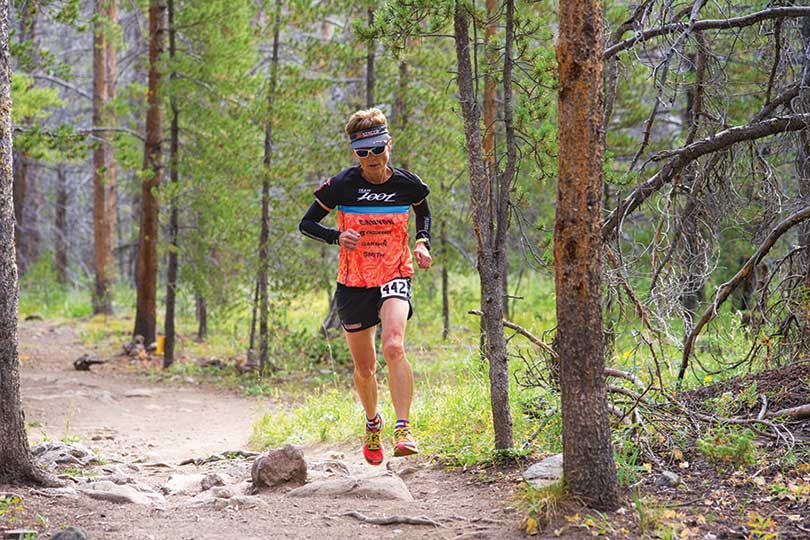Invasion of the Space Mold
12 Dec 2019
This is what happens when you forget that you put the International Space Station in your refrigerator three months ago
By Sara Bruskin Mold infestation can be a nightmare, replete with health hazards and costly mitigation options. But what can you do when mold and fungus infest a space station? There isn’t exactly a neighborhood expert who can bring their van around to investigate the problem. Instead, NASA is calling on the experts at BioServe Space Technologies at CU Boulder to explore solutions for their mold problem. Astronauts have found large growths of biofilm (a collection of microbes growing on a surface) in the International Space Station (ISS) and aboard space shuttles. The Russian space station, Mir, suffered similar problems during its years of operation.The biofilm isn’t just unsavory in appearance — it has the potential to eat through equipment and jeopardize the health of astronauts. Luis Zea, an assistant research professor at BioServe and principal investigator on this project, says, “It shows up behind control panels and has gotten into heat exchangers and pipe systems. On Mir, they once noticed a pretty bad stench. Looking for its source, they pulled off a panel and found a lot of mold. That was the smell, but it was also consuming plastic cabling in that area.” While damaged equipment is certainly a problem on space stations, it can be remedied with replacement parts from Earth. NASA is being proactive and looking ahead to future scenarios in which that won’t be possible. When exploration shuttles travel to Mars and beyond, onboard bacteria and fungi eating away at equipment (a process known as biodegradation) could cause irreparable issues. In the interest of nipping this problem in the bud (or spore, more accurately), NASA awarded BioServe a $750,000 grant to research the biofilms present on the ISS and find methods of eradicating them. First, the research team needs to figure out what kinds of microbes they’re dealing with. On Nov. 2, 2019, a resupply mission to the ISS launched, carrying experiments designed by Zea and his team of graduate students. The results will help them identify the biofilms, figure out what conditions cause their proliferation, and eventually, recommend steps for getting rid of the infestation and preventing others from happening. They’re not going it alone, though. The team working on this study also includes researchers from NASA, the German Aerospace Center, Saarland University, the Massachusetts Institute of Technology and Universidad del Valle de Guatemala. Let’s hope this bunch of brainiacs finds a solution soon, because pernicious space mold sounds like the premise for a really bad movie.Did You Know…
CU Boulder receives more NASA funding for space research than any other university.












